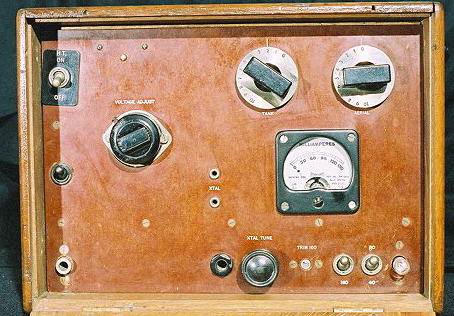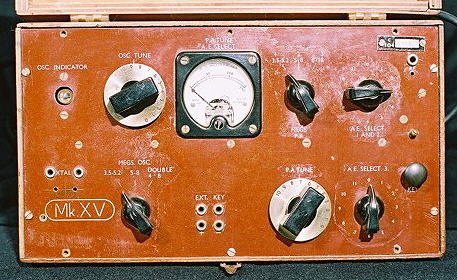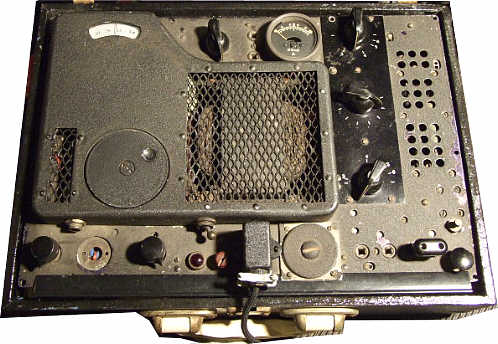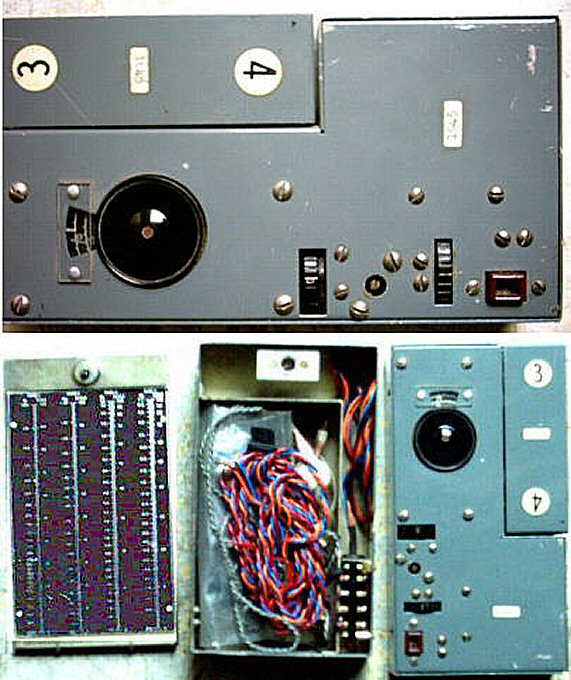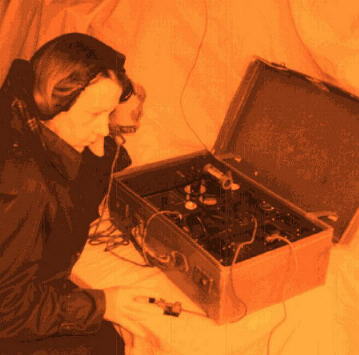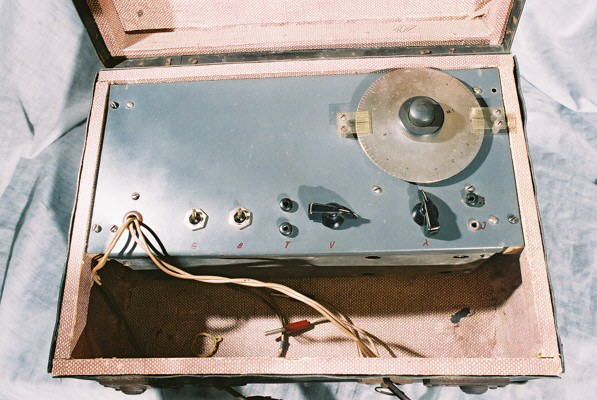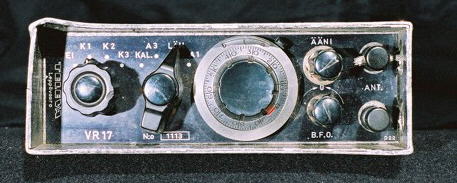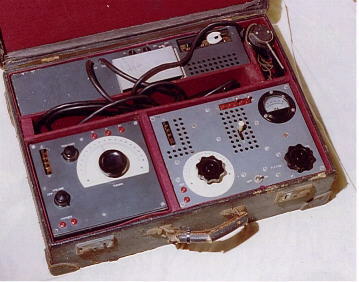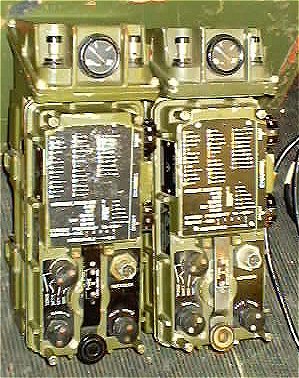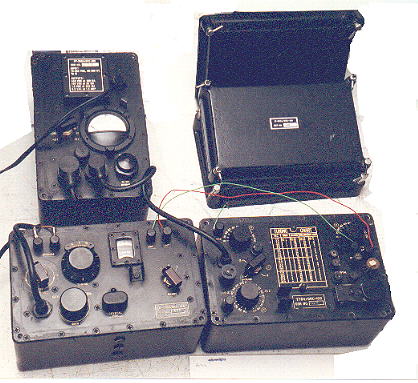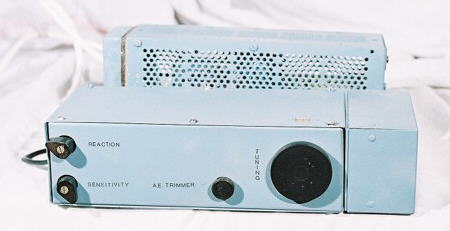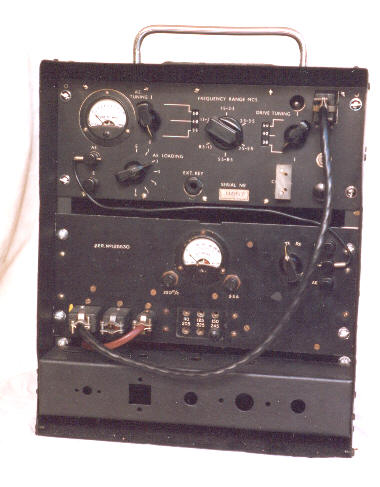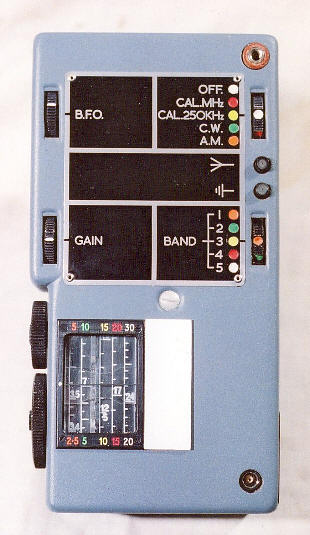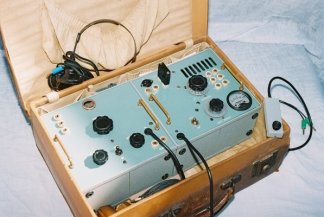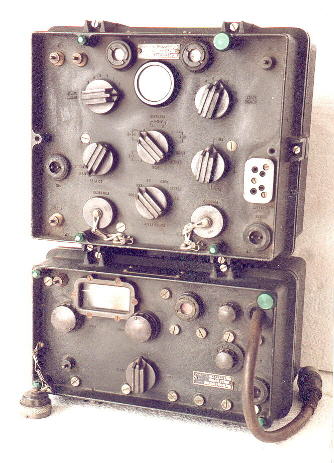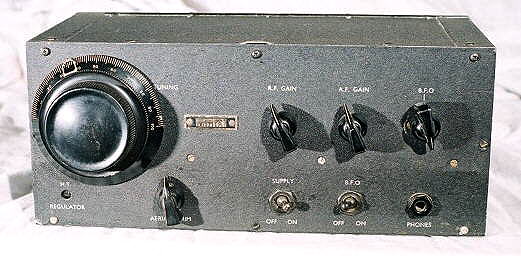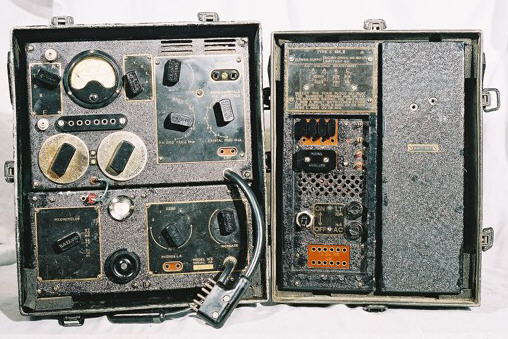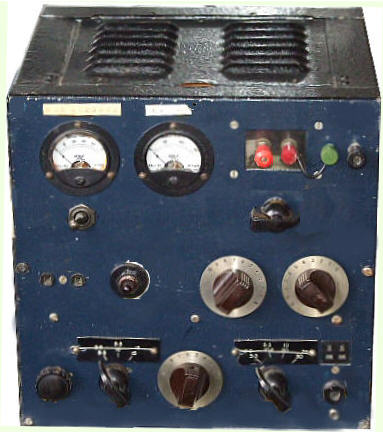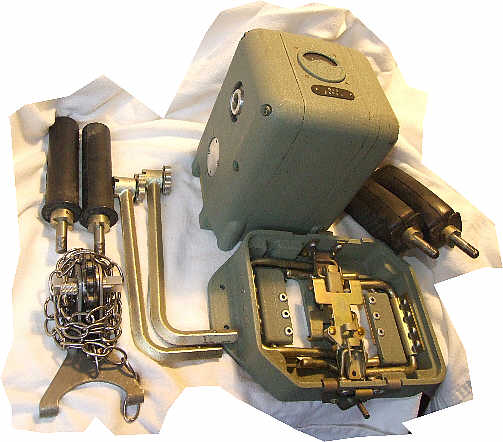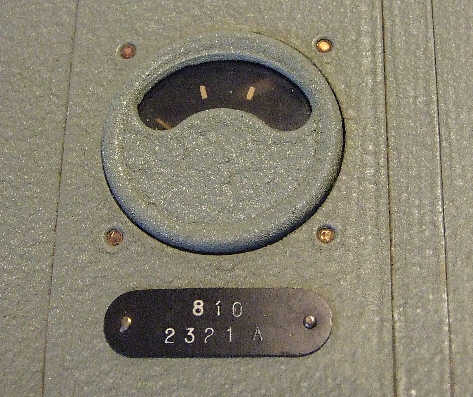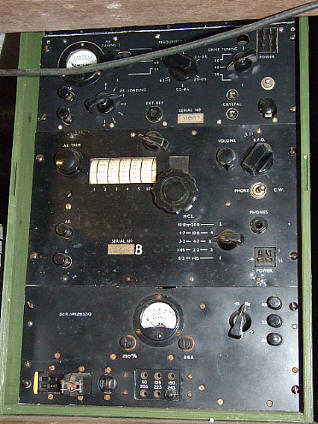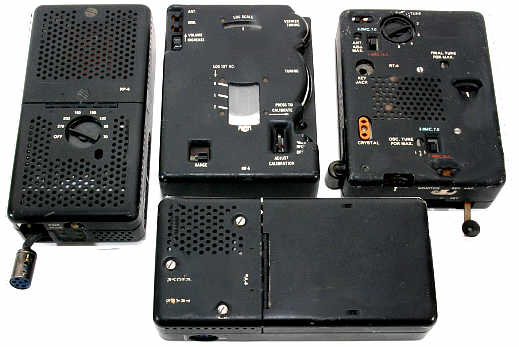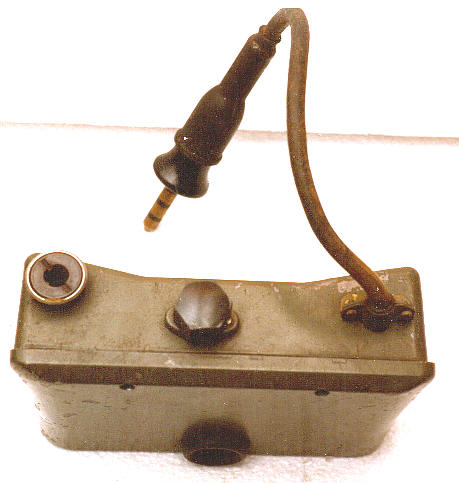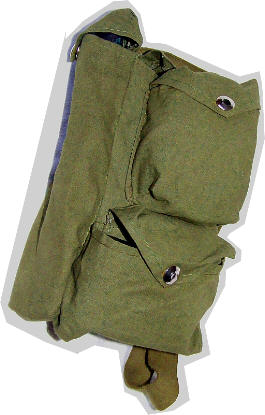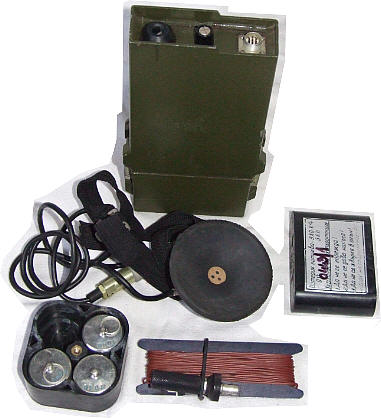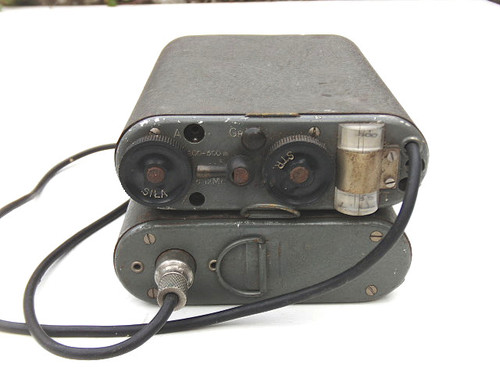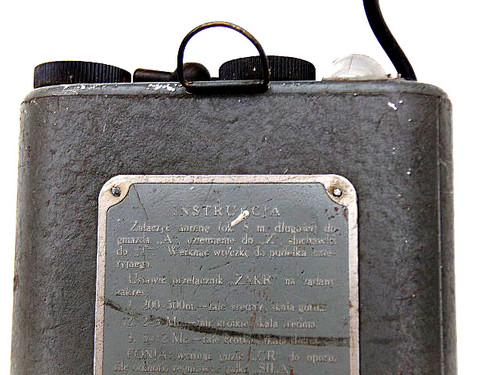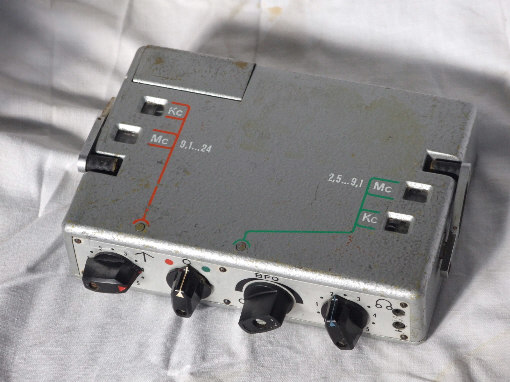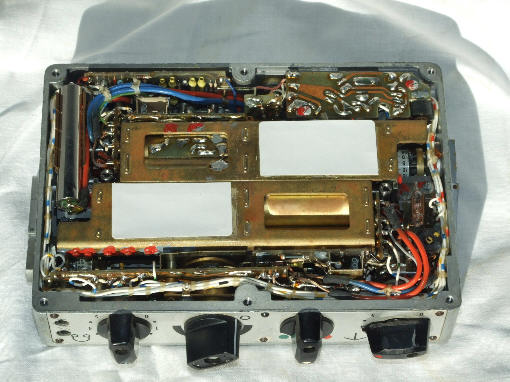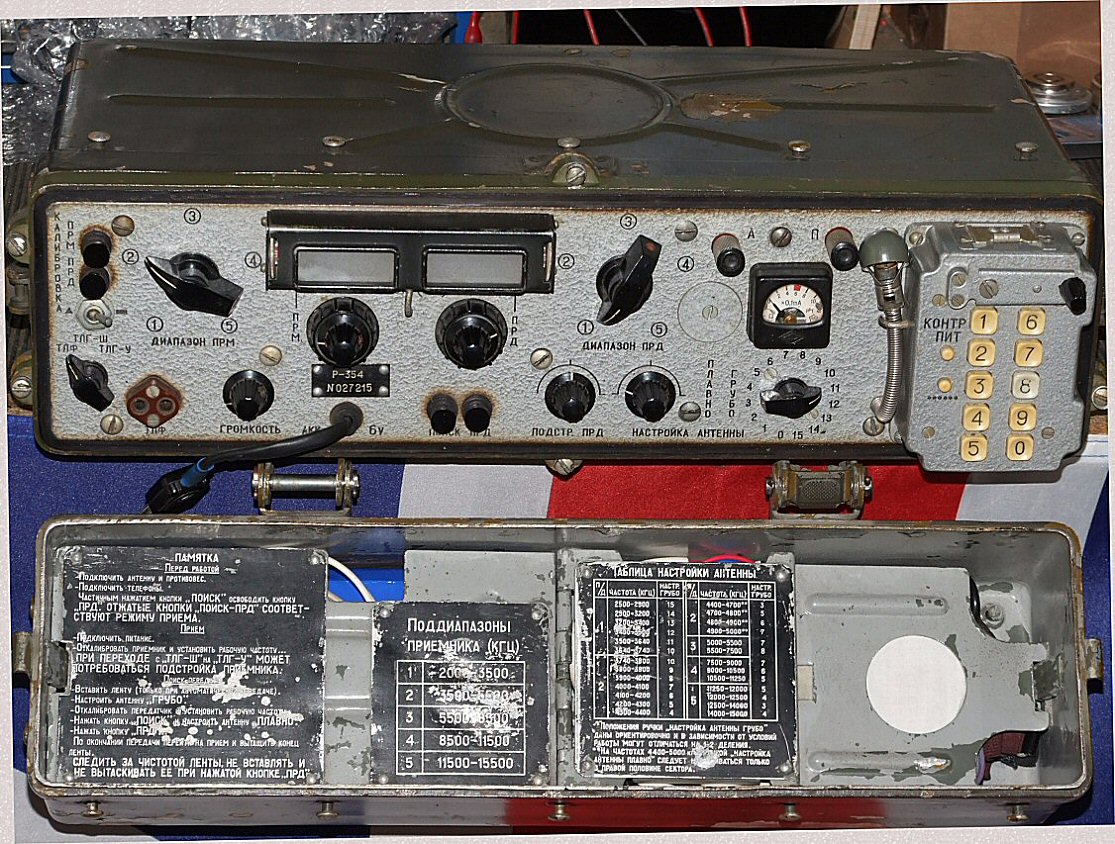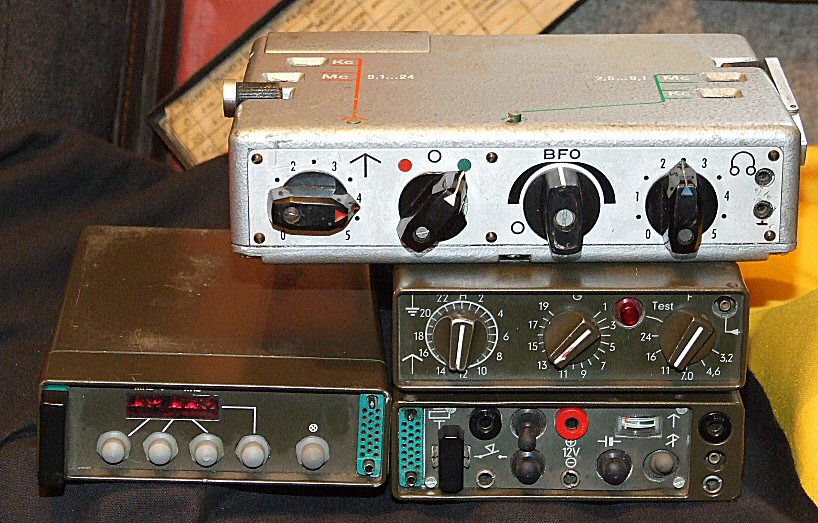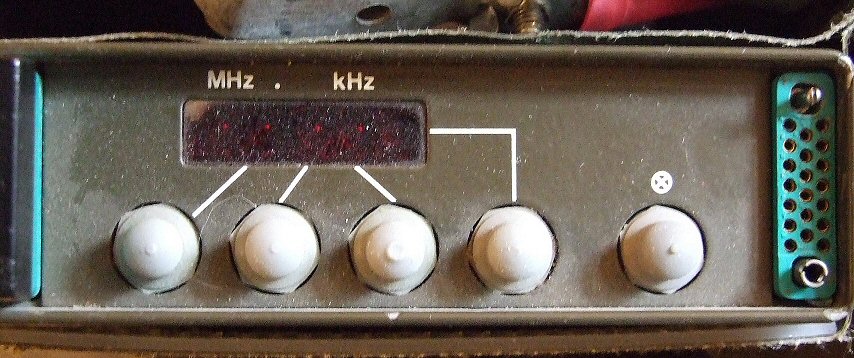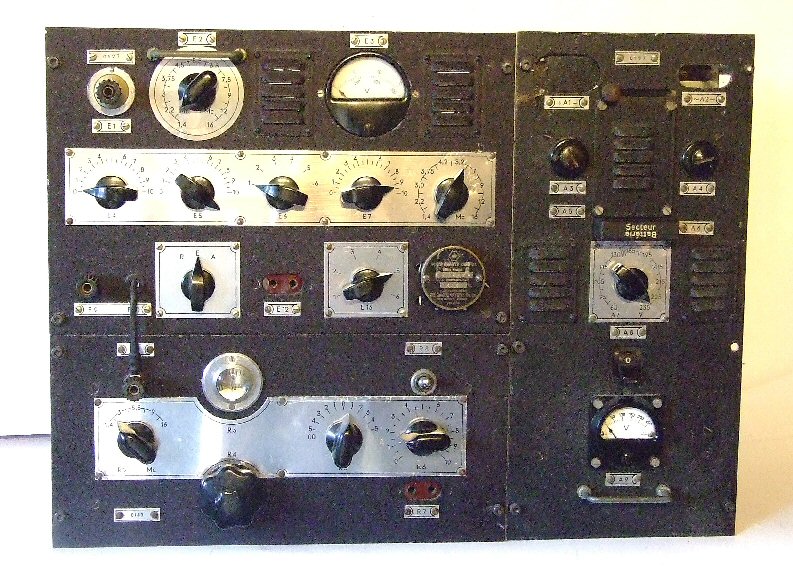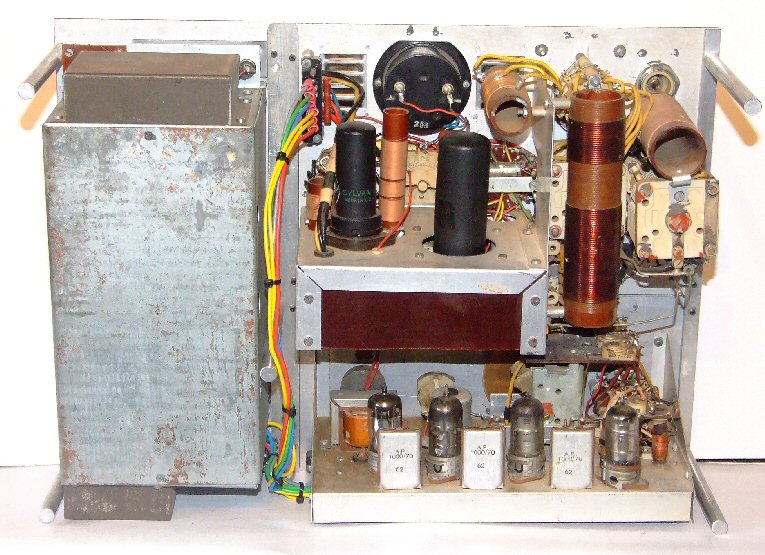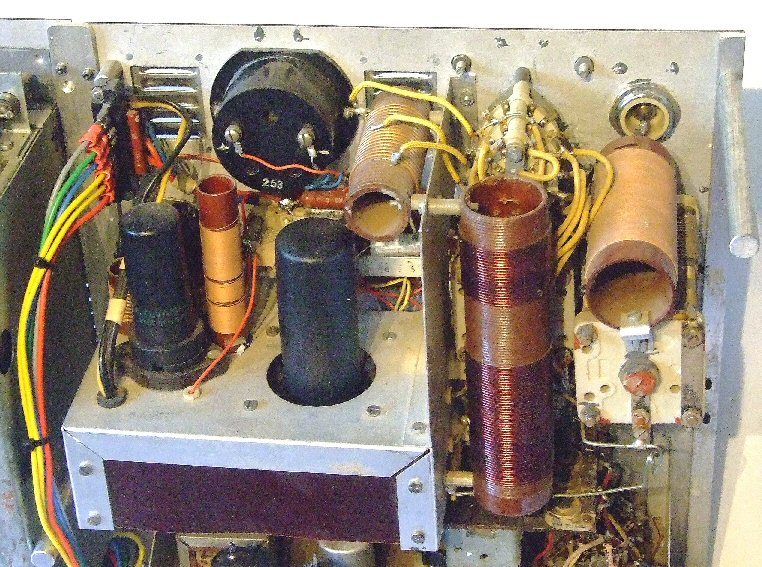
Spy & Special Forces Sets around the world
(join the groups.io group: 'Spyradiosets' for more info and help from like minded folk)Click on picture for bigger view .... but keep it a secret !
A Genuine WW2 Paraset
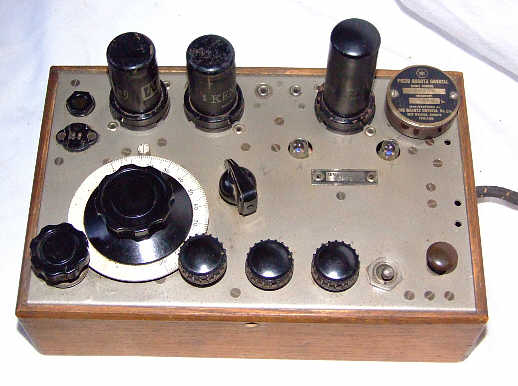
This original Paraset has good provenance in that it came from the very home of the actual resistance worker in Belgium who had held the set during WW2. Documentation received shows that the resistance member, a Mr George Ronval, who apparently was employed on the Belgium Railway at the time, was in an ideal position for a resistance member to hold, the position having access as it did to all the details of train movements throughout that region.
There were many resistance groups in Belgium during WW2, apparently though there seemed to be a lot of rivalry between these groups and a lack degree of cooperation between them. An extract from the testimony of another resistance worker mentions Mr Ronval. "A foreman of the rail road, Ronval, had managed to connect the teleprinter on the German lines, so that all that the enemy received, was automatically revealed to us. The teleprinter had been placed in a cabin of telephone suspended with springs so that it makes less possible noise. Pi�rart which lived in clandestinely like me, was charged to take note of all that could interest the network. We also succeeded in placing a station-transmitter on the water tower of Namur."
Another document received here gives further information on this operative. Translated from French it reads "Enlisted in May 1942 per Georges RONVAL for Resistance, he becomes chief of sector. It (he?)recruit intelligence agents and organizes its sector under the name of c.f. 25. created as of November 1940. The railway information that it collects is transmitted to the service �Ferrand� until the end of 1943 and then with the network �Millet� until the Release. The sector covers the areas of Mons, the Center, of Coal-mining, of Turned and Ath. In October 1943, its chiefs also come into contact with the �Group G� at the disposal of which the men of its sector are put in order to carry out the sabotage of the material and the railway installations."
"The blue cow jumps over a green moon toninght" etc.
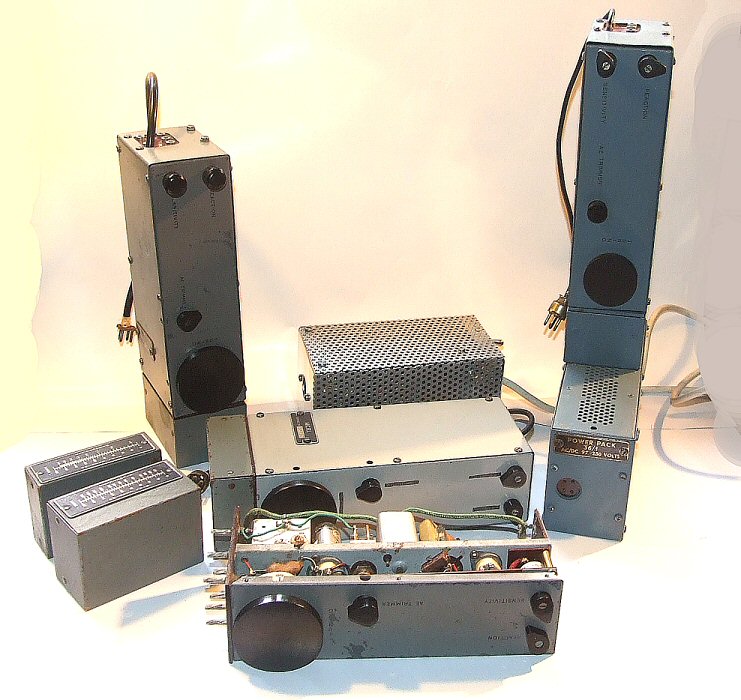
The SOE and resistance set, supplied to many groups in Europe during WW2 so they could listen in to the BBC and the
messages they passed, like ovements throughout that region.
RBZ receiver
The RBZ was a portable miniature valve-based receiver, introduced in 1943 by the Emerson Radio and Phonograph Corporation
in News York (USA) for the US Navy. The receiver was used during Naval raids – for example during the D-Day landings – but
also by resistance groups for the reception of BBC broadcasts. The device is powered by a battery pack and uses the helmet
as its antenna. The initial model had a frequency range of 2 - 5.8 MHz, but the unit was later modified for an extended
frequency range of 5 - 13 MHz AM. The extended units were dropped over occupied European territory during WWII and were
subsequently used by resistance groups. (Crypto Museum)

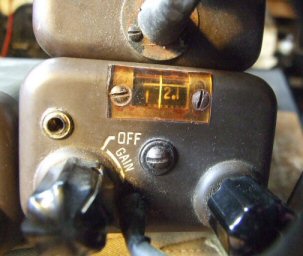
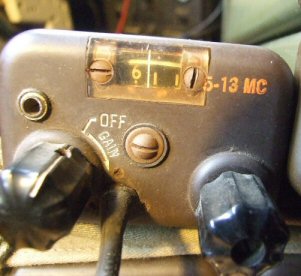
"Mukinanu". The receiver is considered to be a regenerative 0-V-2 consisting of three battery tubes B-03 manufactured by
Shinagawa Electric, and its use frame-type antenna. The model and use of this portable shortwave receiver is unknown, but it
is said that this one was manufactured by the Army Technical Research Institute for special agents. By the frequency chart
on the receiver, this receiver operates 3-16MHz in 4 bands.
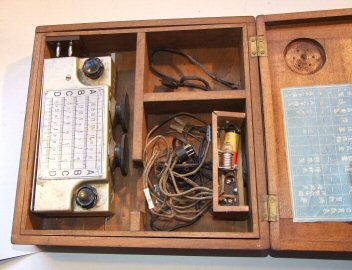
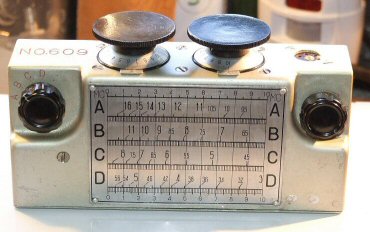


The RS-6 receiver transmitter units, 3 to 16Mhz, about 10W o/p.



Further reading ?.......
- The MK XV transmitter
This is the MK XV transmitter of early WW2 and SOE.
- The German Spy transmitter receiver
This is German E90/40 Spy suitcase set.
- A tale of B2 coil construction
- Spy sets available for exchange
List and pictures of sets presently available in exchange for similar role sets.
I have gathered a few of the spy sets together, pictures below:
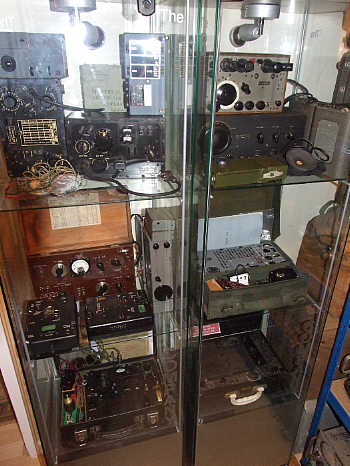
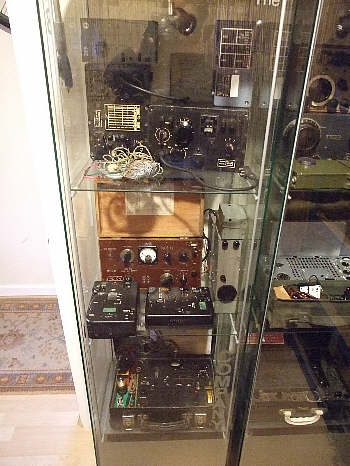

Some other sets including the Mk III and 5G sets.
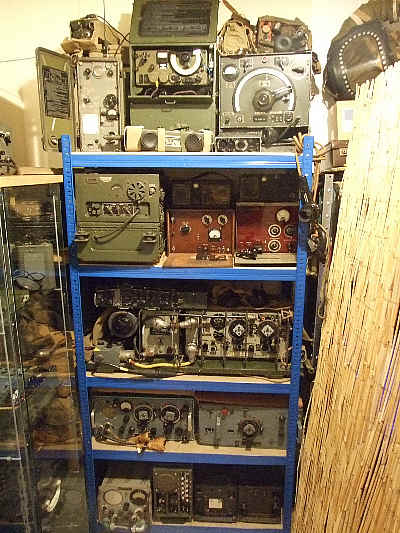
Send an e-mail to: Ben Nock, G4BXD
(If link does not work on your PC then send email to: [email protected] )
********* Pictures by G4BXD are G4BXD copyright ********


|



Some other sets including the Mk III and 5G sets.

Send an e-mail to: Ben Nock, G4BXD
(If link does not work on your PC then send email to: [email protected] )
********* Pictures by G4BXD are G4BXD copyright ********
